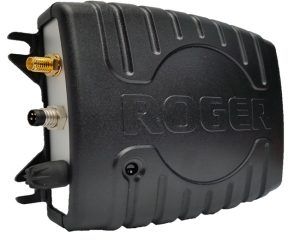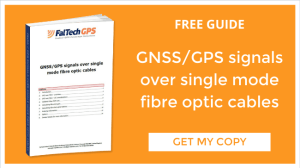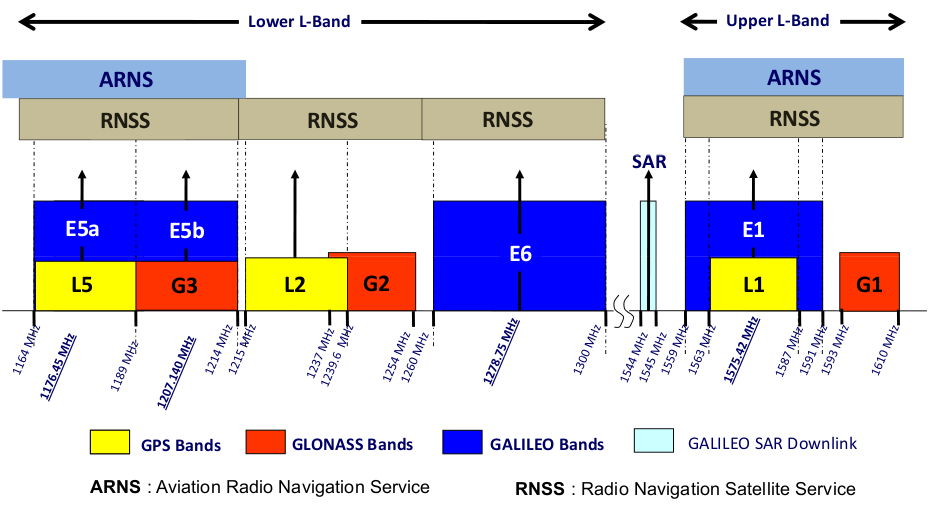Even a best-selling GPS repeater has to retire at some point
So, we reach the end of an era ….
Since 2012, the mainstay of our product range has been the GPSR-1 repeater from Finnish manufacturer Roger GPS. We have sold hundreds of them, usually as part of a GPS repeater kit complete with an antenna, a coaxial cable and all the fixings.
It proved to be extremely reliable in a wide range of applications for those who need GPS L1 signals inside their premises.
Today however, we are seeing more demand for signals from the Russian GLONASS constellation and the European Galileo service, in addition to the GPS L1.
Hence the popularity of the Roger GPS tri-band repeater has increased steadily. The L1/GLONASS/Galileo repeater is also available as part of a kit, with a wide-band antenna to support the increased bandwidth.
In April 2019 the last batch of GPSR-1 repeaters rolled off the production line and were snapped up by yours-truly. They have since been sold and there they were – gone.
How does that leave those who need only GPS L1 signals?
We still provide a GPS repeater kit for L1 signals – it includes the new tri-band repeater coupled with an L1 antenna.
The filters in the antenna pass the L1 signals down the coaxial feeder cable to the repeater, so that the Galileo and GLONASS parts of the spectrum are not used.
This arrangement means that there is an upgrade path; if GLONASS and Galileo support is needed in future, this can be achieved by changing the antenna from the L1 device to a triband version.
All the antenna mounting systems are the same, regardless of the type of antenna used, so changing the antenna is a relatively easy job and it makes the other frequencies available instantly.
Oh, and the even-better news is that the original pricing for the L1 repeater kits remains the same, even though the kit now includes a tri-band repeater.
GNSS frequencies explained
The frequencies used by the various Global Navigation Satellite Systems are illustrated in this diagram, courtesy of the European Space Agency (ESA).
Towards the right-hand end of the diagram, within the Upper L-Band, we can see the American GPS L1 signals are transmitted on a frequency of 1575.42 MHz.
An antenna that supports the L1 band will typically have a bandwidth of approximately 24 MHz to encompass all of the L1 band.
The European Galileo signal is also transmitted on a centre frequency of 1575.42 MHz.
However, to “see” all the Galileo satellites the receiver and antenna both need a wider bandwidth of approximately 32 MHz.
Finally, the Russian GLONASS signals are a little further up the frequency spectrum, centred around 1602 MHz.
So a GPS L1 antenna will pass some of the Galileo signals, but not all of them, and certainly will not pass GLONASS signals.
FalTech GPS has extensive experience of providing indoor GPS coverage; since 2012 we have supplied and installed well over 1,000 systems across a wide range of industries and applications.
If we can help you to overcome the issues caused by being inside a signal-denied space, please do get in touch.
You can email us through the contact page or if you would prefer a good old-fashioned chat, we still have a telephone in the office – please call 01326 336 444 in the UK or +44 1326 336 444 from outside the UK.



